It is properly called Horsetooth Mountain Open Space and lies west and north of Horsetooth Reservoir in Fort Collins Colorado. It rises from 5.430 feet to 7,255 feet, which is low elevation in a county where the high point is 13,500 feet. The term mountain takes its name from the very distinctive peak Horsetooth Mountain (height 7259 ft) (it looks like a horse's tooth, but I can't find a photo to link to.)
The eastern foothills of the Rocky Mountains in Colorado are usually driven-through by visitors, but they are pictureque and as interesting as the mountains west of them.
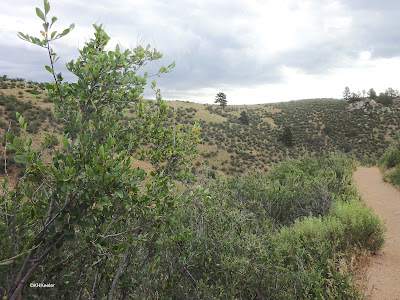 |
| The shrub in the foreground above is mountain mahogany (Cercocarpus), an intriguing native For example, its a nitrogen-fixing plant in the rose family (Rosaceae) |
Below, the stiff-leaved plant in the foreground is small soapweed, Yucca glauca. If you've hiked the Front Range you know you walk around those sharp leaves, not through them. I was on a well-maintained trail and could keep my distance.
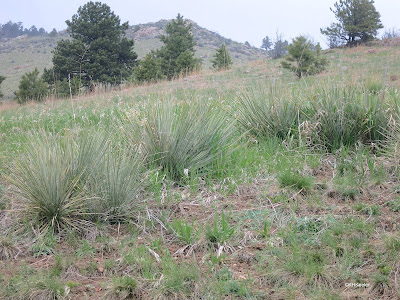 |
A different group of plants can be found in the moister, shaded gullies (the two photos below), but are not identifiable in the photos.
Below, looking up as the trail descends toward the creek.
And one last vista:
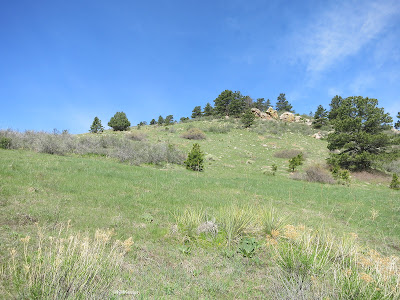 |
Nice place to look for wildflowers, eh?
And the trails go on and on.
Comments and corrections welcome.
Blogs with the plants you'd see if you looked down early in the spring: Horsetooth Mountain Park in Spring Snow link
Horsetooth Mountain Park in Spring Sunshine link
Yes, my photos are from several different days and are not entirely in order along the trail.
Kathy Keeler, A Wandering Botanist
More at awanderingbotanist.com
Join me on Facebook: https://www.facebook.com/AWanderingBotanist



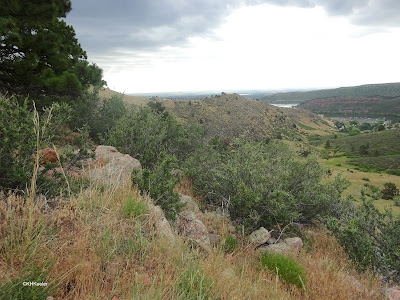

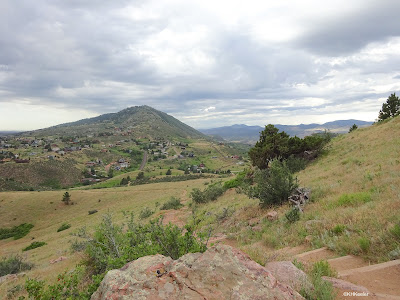


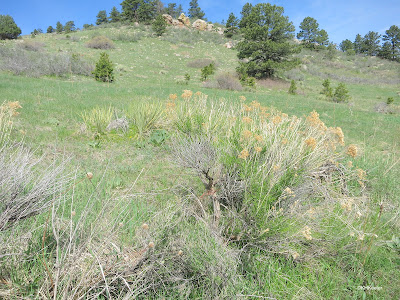
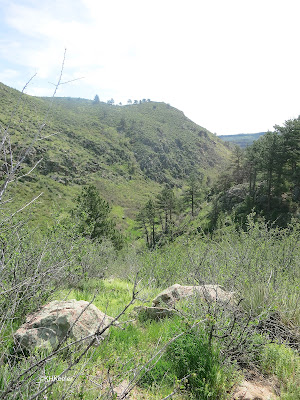


Is the mountain mahogany on limestone? That's where I've seen it in Laramie Mts; also in the southern Black Hills.
ReplyDelete